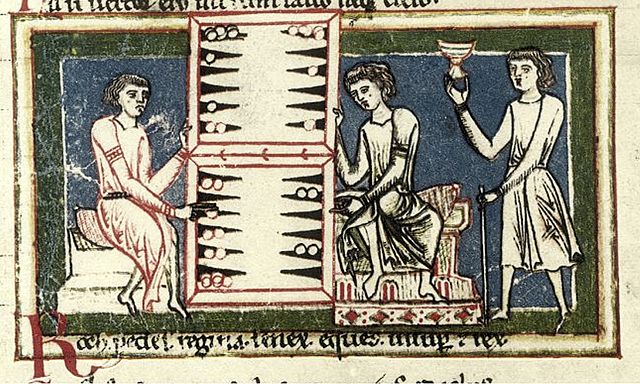|
|
|
|
The History of Backgammon A Journey Through Time |
Introduction
Backgammon, a game of strategy and chance, has captivated
the minds of players for centuries. With a rich history that
spans cultures and continents, this ancient game provides a
glimpse into the social and intellectual pursuits of
civilizations long past. From its origins in the distant past to
its modern popularity, the story of backgammon is a fascinating
journey through time. |
|
|
|
|
Ancient Beginnings
The origins of backgammon are shrouded in mystery, as
tracing the game's exact origins proves to be a challenge. The
earliest precursors of backgammon can be found in the ancient
civilizations of Mesopotamia, dating back over 5,000 years.
Archaeological findings have revealed artifacts resembling
backgammon boards, suggesting that early humans engaged in a
form of the game. |
|
|
The Roman Connection
As empires rose and
fell, so did the popularity of backgammon. The game spread across ancient Rome,
where it was known as "Tabula" or "Tables". It was enjoyed by all walks of life,
from commoners to emperors. The Roman version of the game had similarities to
modern backgammon, with a board divided into two halves, each with 12 points,
and the use of dice for movement. The Middle Ages and Renaissance
During the Middle Ages, backgammon continued to evolve. It
was reintroduced to Europe through the Arab world, where it had
thrived during the Islamic Golden Age. The Crusaders and traders
brought the game back to Europe, where it underwent further
transformations. It became a popular pastime among nobles, with
backgammon boards and pieces becoming increasingly elaborate.
Modern Revival and Global Popularity
The
20th century marked a significant turning point in the history
of backgammon. With the advent of organized tournaments and the
growth of international travel, the game's popularity spread
across the globe. Backgammon found a new home in casinos and
clubs, attracting players from all walks of life.
Backgammon's journey through history is a testament to its
enduring appeal. From its ancient origins in Mesopotamia to its
modern status as a global pastime, the game has captured the
imagination of people across cultures and generations. Its blend
of luck and strategy, combined with its rich historical context,
continues to make backgammon a game that stands the test of
time. As players continue to roll the dice and move their
pieces, they connect with a tradition that spans millennia - a
tradition that reminds us of the universal human desire for
challenge, competition, and connection. |
|


